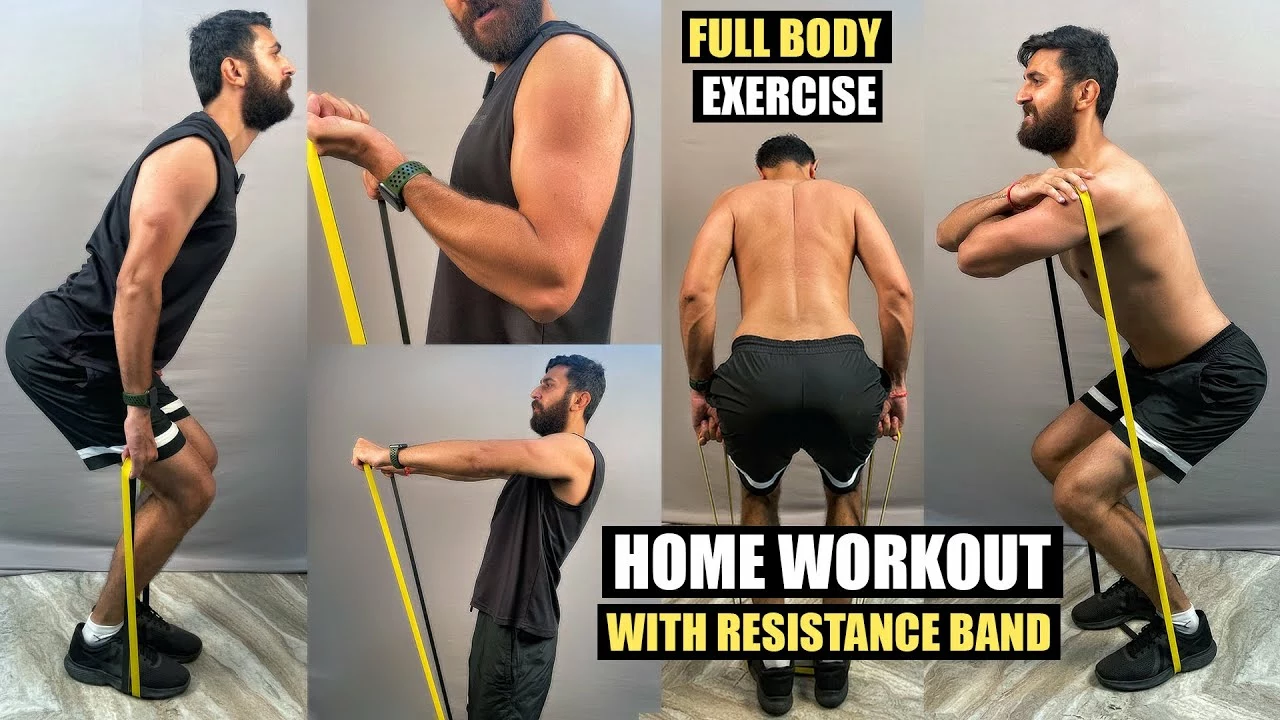Fitness and Exercise Made Simple
Looking to level up your workouts without getting tangled in jargon? You’ve landed in the right spot. Whether you’re a beginner or a seasoned gym‑goer, the basics of fitness stay the same: move, recover, repeat. Below you’ll find quick tips you can apply today, plus a handy answer to a common question about using running shoes in the gym.
Quick Wins for Every Workout
First up, focus on consistency. Aim for three to four sessions a week, even if they’re only 20 minutes long. Short, frequent workouts beat occasional marathon sessions because they keep your muscles primed and your energy steady. Mix cardio, strength, and mobility in each routine. A simple template could be 5 minutes of light cardio, 15 minutes of body‑weight exercises, and 5 minutes of stretching.
Next, keep your movements varied. If you always lift the same weight, your body adapts and progress stalls. Switch up the exercises, try new equipment, or change the order of your sets. For example, replace a standard squat with a goblet squat one week, then move to lunges the next. This keeps your muscles guessing and reduces the risk of overuse injuries.
Don’t forget about recovery. Hydration, sleep, and nutrition are as important as the reps you log. A glass of water before each set helps maintain performance, and a protein snack within an hour after training supports muscle repair. Aim for at least seven hours of sleep; that’s when growth hormone does most of its work.
Running Shoes in the Gym – Yes, With Caution
One of the most asked questions on our forum is: "Can I use my running shoes in the gym?" The short answer is yes, but there are a few things to watch out for. Running shoes are built for forward motion, so they have a lot of cushioning and a heel that helps with heel‑strike. That’s great for treadmill runs or stationary bike sessions.
If your gym routine leans heavily on side‑to‑side moves—think lateral lunges, agility drills, or plyometric jumps—you might want a pair with a flatter sole and more lateral support. Running shoes can feel slippery during those moves, and the extra cushion can reduce stability, increasing the risk of ankle twists.
For most people who stick to machines, free‑weight lifts, or basic cardio, the running shoes you already own will do just fine. Just be mindful of any grinding feeling when you do a wide squat or a quick step‑over drill. If it feels off, swap to a cross‑trainer or a barefoot‑style shoe for those specific exercises.
Bottom line: use the right shoe for the right move. Keep your running shoes for linear cardio, and grab a more stable pair for side work. Your feet will thank you, and you’ll avoid unnecessary injuries.
Lastly, set a realistic goal and track it. Write down the number of reps, the weight lifted, or the distance run each session. Seeing progress on paper (or a phone app) fuels motivation and shows you what’s working. Adjust your plan every four to six weeks based on those numbers, and you’ll keep moving forward.
Fitness doesn’t have to be complicated. Stick to these basics—consistent sessions, varied movements, proper recovery, and the right shoes for the job—and you’ll build a solid foundation. Ready to hit the gym? Lace up, grab a water bottle, and start with a 5‑minute warm‑up. Your stronger self is just a few reps away.

Russian Escort Services Explained: What You Need to Know
Derek Kingsworth Dec 5 0Russian escort services are often misunderstood. This article breaks down what they really involve, the risks, the realities, and why practices like tantric massage and yoni massage appear in this space.
More Detail
Can I use my running shoes in the gym?
Derek Kingsworth Jul 30 0Hey there, gym enthusiasts and running junkies! I've been pondering the million-dollar question: can we double-dip our running shoes for gym fun? The answer is a joyful yes, but with a sprinkle of caution. Running shoes are designed to move you forward, not sideways, so if your gym routine involves a lot of lateral movements, you might want to reconsider to avoid slipping or twisting something important. But if you're hitting the treadmill or doing a straightforward workout, your running shoes will do a commendable job. So, lace 'em up, folks!
More Detail